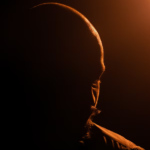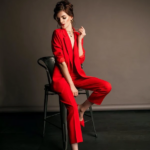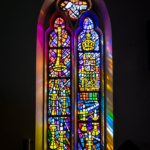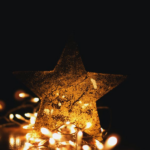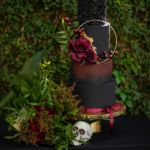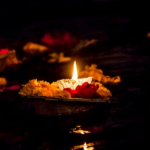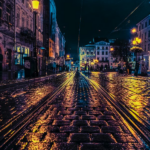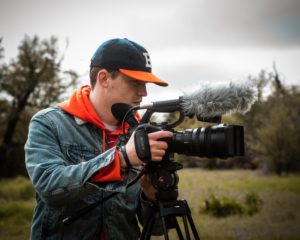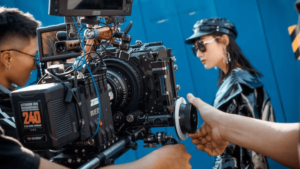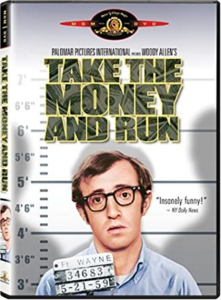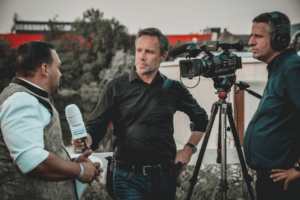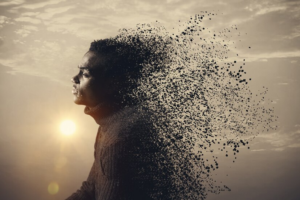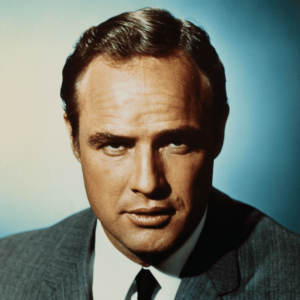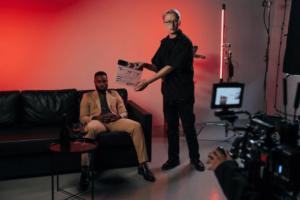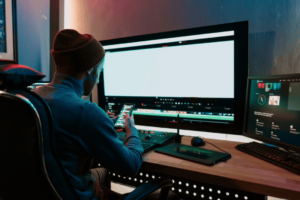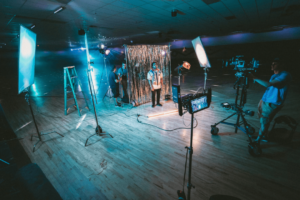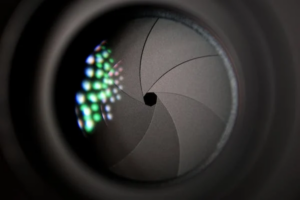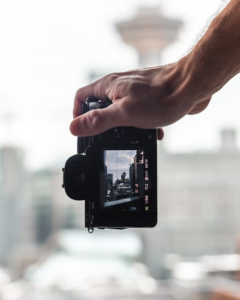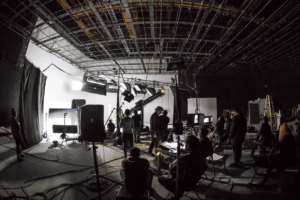Shooting in low-lighting conditions is commonly thought to be a terrible idea. In low-light situations, many videographers and photographers avoid shooting. In low light, though, there are many fascinating and beautiful things to accomplish. Low-key lighting is a highly effective style that may evoke solid visual aesthetics and communicate compelling stories.
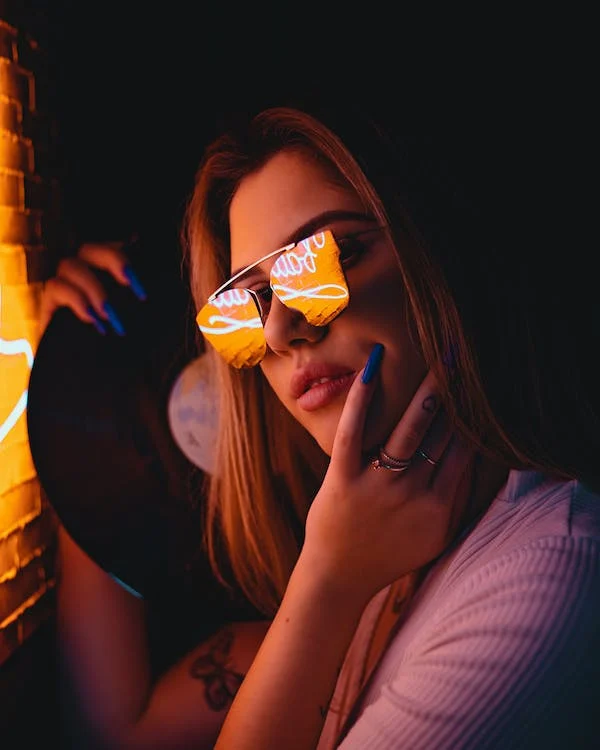
Shooting in a dark area can result in spectacular images, but it takes time and effort. Waiting for the sun to set and pushing the record button on your camera is not enough. The setup must be perfect for ensuring that your scene is exposed appropriately and that you do not wind up with noisy, grainy footage. We need to talk about what low-key lighting is and how it is used in the business before we go into how to put up a low-light scene.
What is Low-Key Lighting?
Low-key lighting is a cinema and photography lighting technique that emphasizes shadows. Hard source lighting is used to achieve the desired look within the scenario. Low-key lighting, unlike high-key lighting, aims to increase the contrast between the subject and the background. It accomplishes this through the use of shadows and gloomy tones. Low-key lighting is characterized by shadows, deep blacks, and moody tones. Whites and mid-tones are few, if at all.
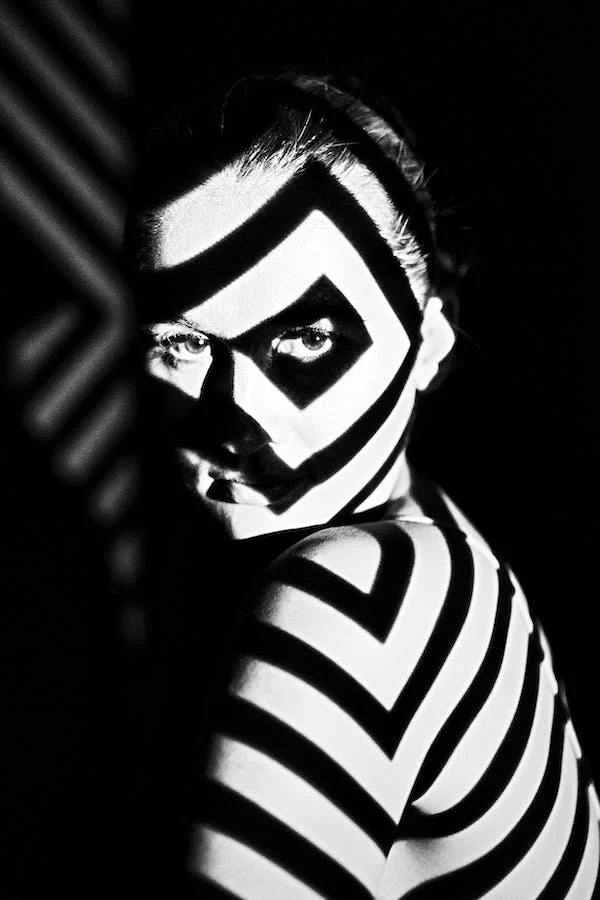
Low-key lighting uses only a key light, while traditional lighting uses a three-point arrangement with a key light, fill light, and backlight. If the job requires it, some may choose to control lighting with a fill light or a reflector. As low-key lighting emphasizes a subject’s outlines, it is sometimes necessary to use a fill light or reflector to brighten shadow areas and manage contrast.
Using Low-Key Lighting
A low-key and high-key lighting combination creates an ambiance and mood that a typical setup cannot. While high-key lighting creates a feeling of light and makes a scene appear airy, low-key lighting creates a dramatic effect. Portraits, commercial shoots, and pictures intended to portray a sense of sensuality and mystery work well with it. It is also helpful in isolating a topic, which is a popular horror approach. Low-key lighting, on the other hand, is not necessarily frightening. It is frequently utilized in product launches and teasers because it is an excellent technique to isolate a subject.
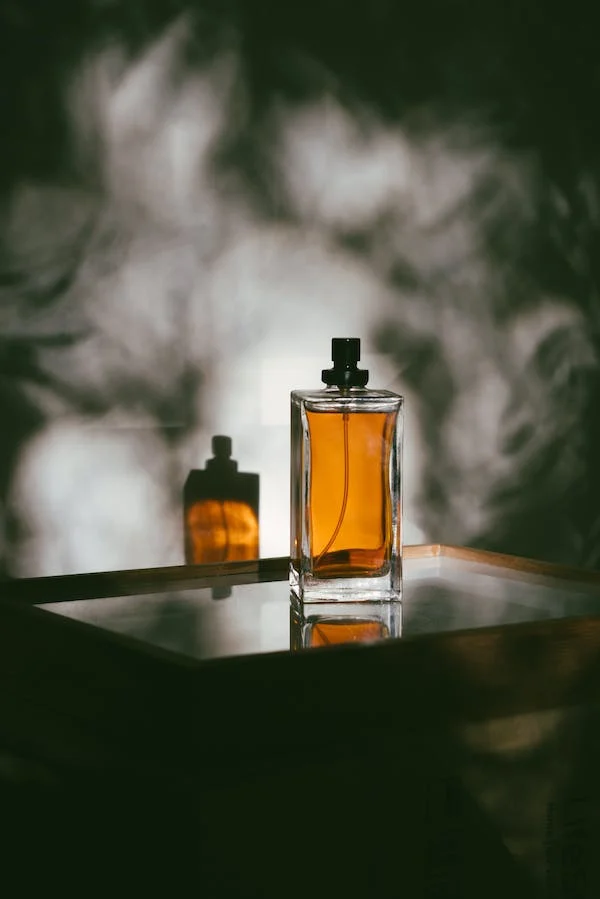
Low-key lighting is frequently used for more serious, dramatic, or narrative videos. Low-key lighting works well in black and white and is popular in portrait photography because of its melancholy and dark tones. Low-key lighting is traditionally featured in film noir or stylized Hollywood crime dramas. It is less likely to be employed in marketing or promotional materials due to its severe mood and sharp contrast.
We can also see a scene from Joker, a psychological thriller released in 2019. The protagonist Arthur Fleck is lighted by an overhanging light in the scene below. It threw shadows on his body and the area around him. Again, we experience a sense of discomfort. The audience is dubious of Arthur as the film develops, and he gets increasingly erratic. As Arthur unravels, the scene conveys that message. The lighting in the setting further adds to the sense of mystery. The viewer is left in the dark about Arthur’s next move.
Creating Low-Key Lighting Effect
Low-Key Lighting with Artificial Lighting
When utilizing artificial light for this effect, you should not place it right in front of your subject. You can begin by angling the source 45 degrees to one side, clicking a few photos, and adjusting the light until you are satisfied with the look. Also, you can try changing the shutter speed, ISO, and focal length of your camera before making changes to the light’s position. Then, if you prefer utilizing a flash, apply the same principles.

Low-Key Lighting with Natural Lighting
Place your subject near a window if you wish to shoot without artificial lighting. To achieve a low-key lighting effect, draw the curtains until just a focused beam of sunlight comes through.
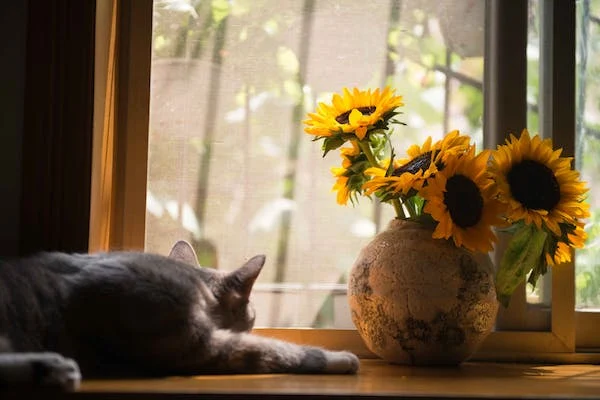
You can also shoot in the open air. All you would need is a dark background and a ray of light shining through trees or buildings.
High-Key Lighting vs. Low-Key Lighting Photography
The two studio lighting approaches of high-key and low-key lighting produce significantly different moods and aesthetics. For example, the lighting ratio in the scene is reduced with high-key lighting, meaning there is less contrast between the darker tones and the brighter sections. On the other hand, low-key lighting creates a more substantial difference between the image’s dark and light portions, with most of the scene in shadow. Whether you’re making business training videos or edgy art house flicks, learning the ins and outs of high-key and low-key lighting can help you communicate ideas more effectively.
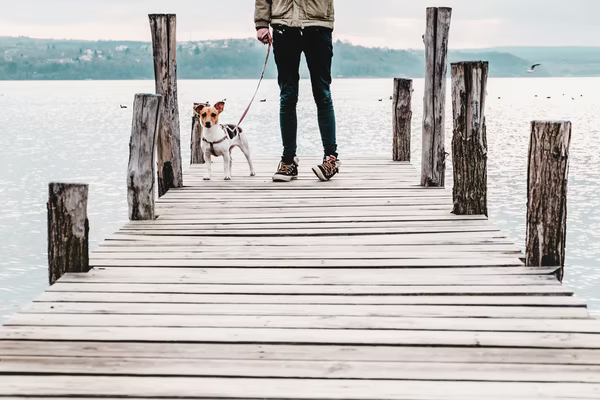
Equipment needed for Low-Key Lighting
Camera
Firstly, you will require a camera to record high-quality video in low-light conditions. So, you will need to lower the ISO on the camera you’re using. When shooting with a low-key light arrangement, set your camera’s ISO to 100 or as low as it will go. Low ISO will keep your image black and noise to a minimum. Higher ISO settings are more light-sensitive. Thus, your image will be lighter if you use them. It is also a good idea to start with a quick shutter speed. Then, as you test, you can make changes.
If at all possible, use a full-frame camera. Scenes captured with full-frame cameras have less noise. You can boost the ISO to catch more light without compromising the image’s quality.
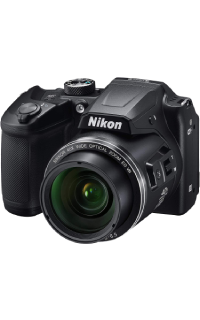
Lens
The typical kit lens has an aperture of roughly f/3.5, which allows it to work in low light. However, this aperture will not allow enough light to enter for optimal results. It is best to use a prime lens with a maximum aperture of f/1.4 or f/1.8. It lets in substantially less light than a lens with an aperture of f3/5. You will be able to make adjustments once you have taken in as much light as possible if you start with a low f-number.
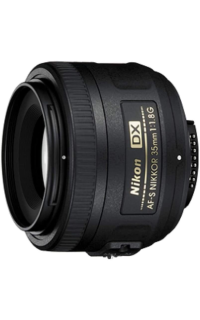
Key Light
After making the appropriate settings, you will need a light source. One of the advantages of low-key lighting is that you do not need as many lights. At least one leading light, natural or artificial, is required. You can use a fill light or a reflector to make your shadows less harsh. You can consider acquiring a softbox if you have gained experience with low-key lighting. That way, you will light your subject softly while maintaining a lot of shadows. Whether you want your shadows to be harsh or soft is ultimately up to you. However, keeping your subject close to the direct light is critical. If you want your subject to be isolated, it is ideal to avoid lighting the background.
You do not even need artificial light with some low-key lighting arrangements. For example, you can use a window as your primary light source if you are shooting near one. Use curtains to control the quantity of light that enters the scene. Finally, you can let a ray of light illuminate the subject.
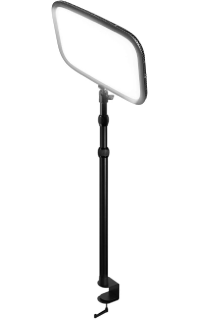
Backdrop
A black or dark grey background is an option, while it is not necessarily required. It is primarily for videography and photography in the studio. It will be easier to isolate your subject if you use a dark background. Starting with a black backdrop will make your life a lot easier. The lack of color in low-key lighting contributes significantly to the overall look and feel. Even wearing black clothing and avoiding patterns will help keep the audience’s attention on the subject.
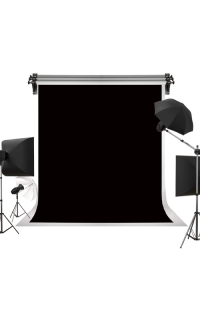
Utilizing Low-Key Photography in Different Types of Photography
You may use the low-key lighting method in various circumstances after you have mastered it. You can use this effect not only on people but also on objects and even food.
Food Photography
Using low-key lighting on food may appear strange. However, the impact of this approach on food photography is rather dramatic.
So, how was the low-key lighting in the image clicked below? A gridded softbox has been put over a flash as the light source. You can use the grid to prevent light from spilling onto the background. The light was likewise centered on the fruit tart.
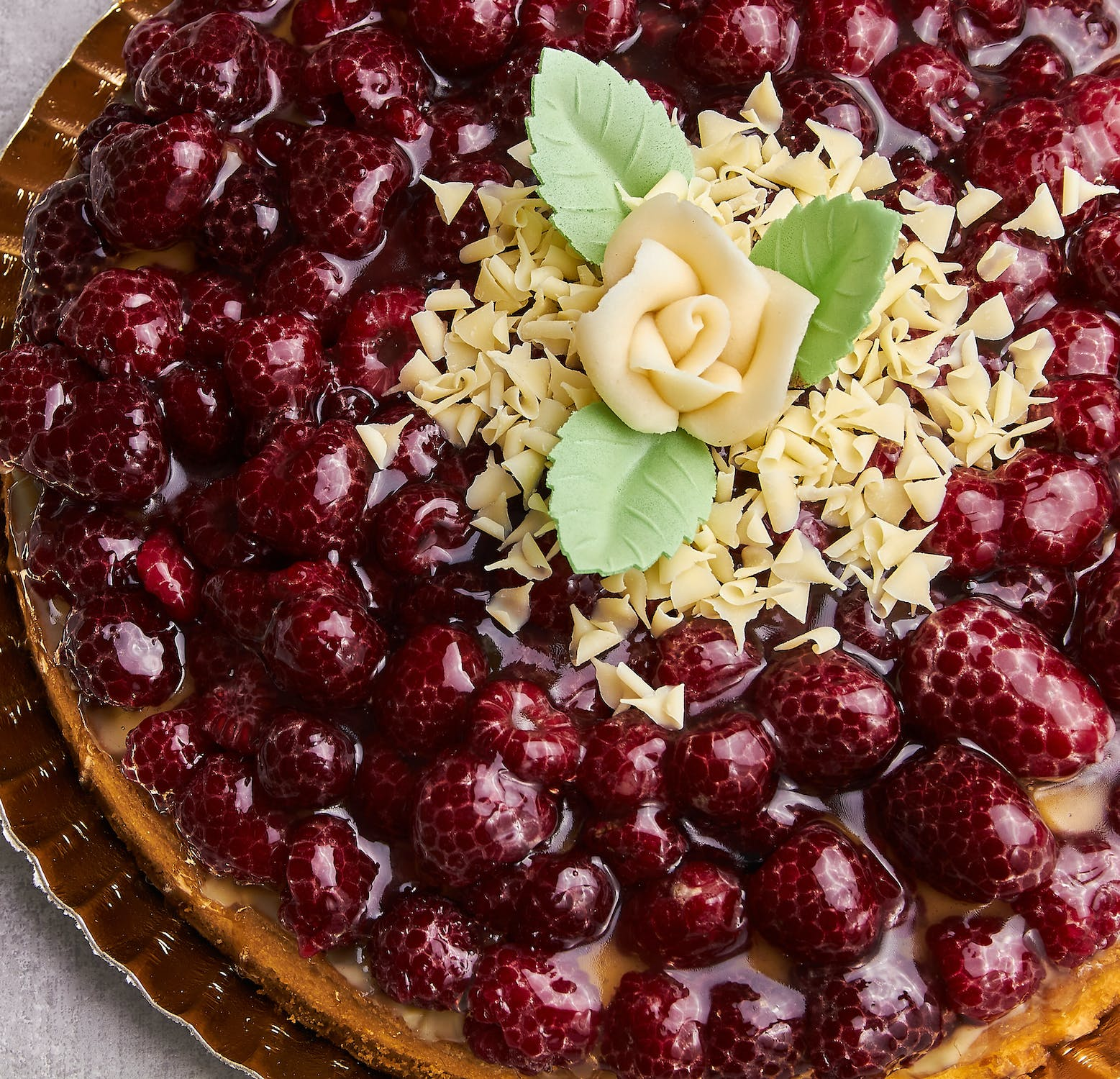
Still-Life Photography
A naked flash was employed to generate the strong shadows in this photograph. However, black cardboard was placed in front of the light to prevent it from leaking everywhere. A hole in the middle allows the beam to pass through. This is referred to as a gobo in photography.
A gobo is simply any translucent or opaque substance that can shape light. That’s what my cardboard version in this photograph did. It blocked light from hitting the background by forcing it through a tiny hole. Gobos are available for purchase. However, most photographers prefer to design and customize their own.
Foam boards were employed in this scenario since they are inexpensive and effective. As you can see, the boards produced a straight beam that touched the target but missed the background.

Gig Photography
Gig photography is an excellent example of where you will see many low-key photos. Not simply because you are using a flash, but because the lighting designer determined that very little light looked best. The advantage of filming gigs is that you always deal with regulated lighting, which takes one worry off your plate.
You do not need expensive equipment or external flash units to take a photo like this.
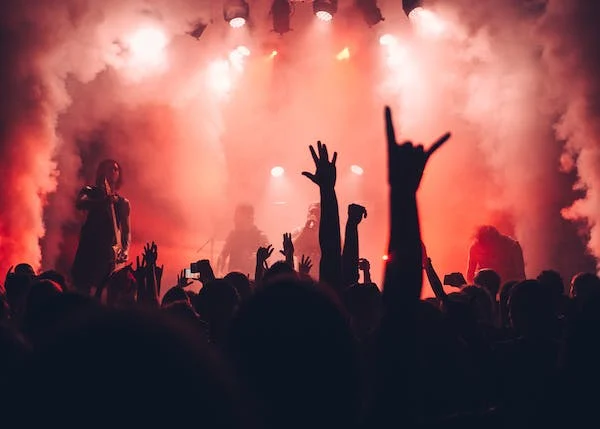
Elements of Good Low-Key Lighting
Monitor the Levels
You will get some highly strange-looking histograms if you shoot in low-key conditions. This is normal, but keep your pixel information in mind. You want to ensure your subject is not underexposed or overexposed, even if your blacks are black. If your subject has visible black or white spots, you can always modify the color in the post, but you cannot adjust the pixel information.
Utilize Negative Fills
A black fabric or board is used as a negative fill to absorb light. This is crucial for low-key lighting because you want to manage any incidental light that may fall on your subject.
Use RAW to Shoot
Creating a low-key scene is just the start. After you have captured your footage, you will want to modify the color levels. As a result, shooting in RAW rather than a compressed format is recommended.
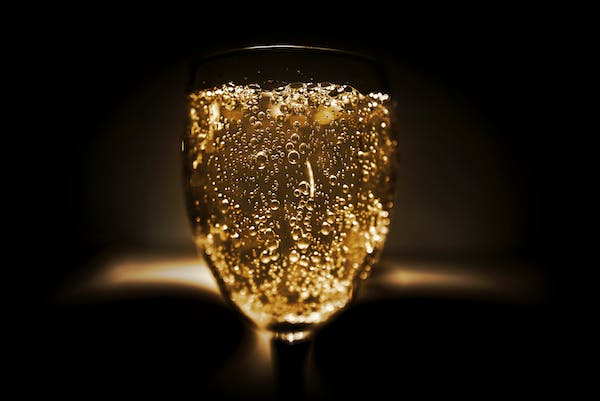
Creating Drama with Low-Key Lighting
Darker shadows, a few whites, and mid-tones occur from shooting a low-key video. When an artist uses a great contrast of light and dark to create a dramatic mood and pull the viewer’s eye to one portion of the composition, this is known as chiaroscuro. Low-key lighting, characterized by dark shadows and a mysterious ambiance, now serves a similar purpose in the video.
Low-Key Lighting in Movies
Here are a few examples of how low-key lighting has been employed in films to significant effect. Combined with the tips above, these samples should give you a good sense of how to set up the shot for the optimal low-key lighting setup.
There will be Blood
This is a significantly different way of utilizing low-key lighting. It is not quite as dark, but it does use dark tones and shadows to elicit unpleasant feelings in the viewer.
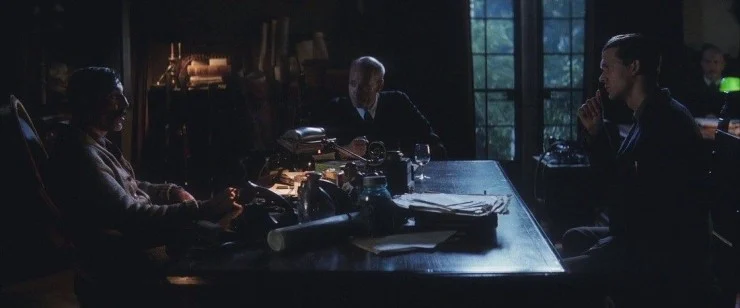
The Conjuring
This shot from the horror film The Conjuring is a great example. Isolating the subject causes the audience’s gaze to be drawn, creating tension and suspense. A single light is used with a soft setup to manage the light and get low-key lighting.
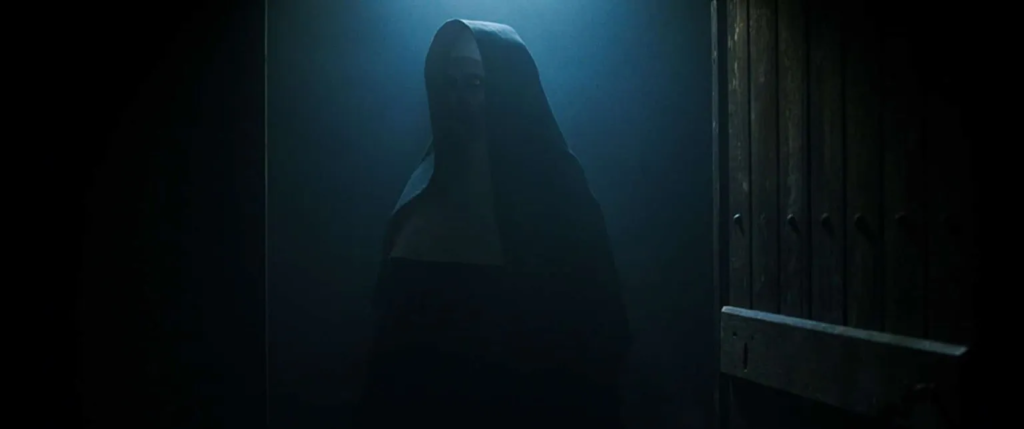
Conclusion
Low-key lighting is underutilized in filmmaking, although it can generate mystery, tension, and the more prevalent “fear” factor. In addition, it is a terrific way to generate contrast between scenes, and directors should convey essential themes throughout their films.
Also, knowledge of three-point lighting will help you lay a solid foundation for the low-key lighting arrangement and allow you to set up the shot correctly. Three-point lighting is simple to set up and excellent for experimenting with to get the perfect low-key photo.
High-contrast imagery created by low-key lighting is a brilliantly dramatic, dark tonal style ideal for thrilling or anxiety-inducing situations in various film genres. It is also a relatively straightforward technique requiring only a single light and a few pieces of lighting equipment to form the shadows. With the information in this article, you should plan out and construct your low-key style.
However, do not be fooled by the simplicity of the setup and the relatively small quantity of equipment required. Mastering the technique and clearly understanding how shadows and light work when bounced, dispersed, or filled. So, experiment with it and see the outcome. Try with different angles and reflective tools. Contrast harsh and soft light. Toss in some shades for good measure to achieve a mingling of various hues and temperatures.


